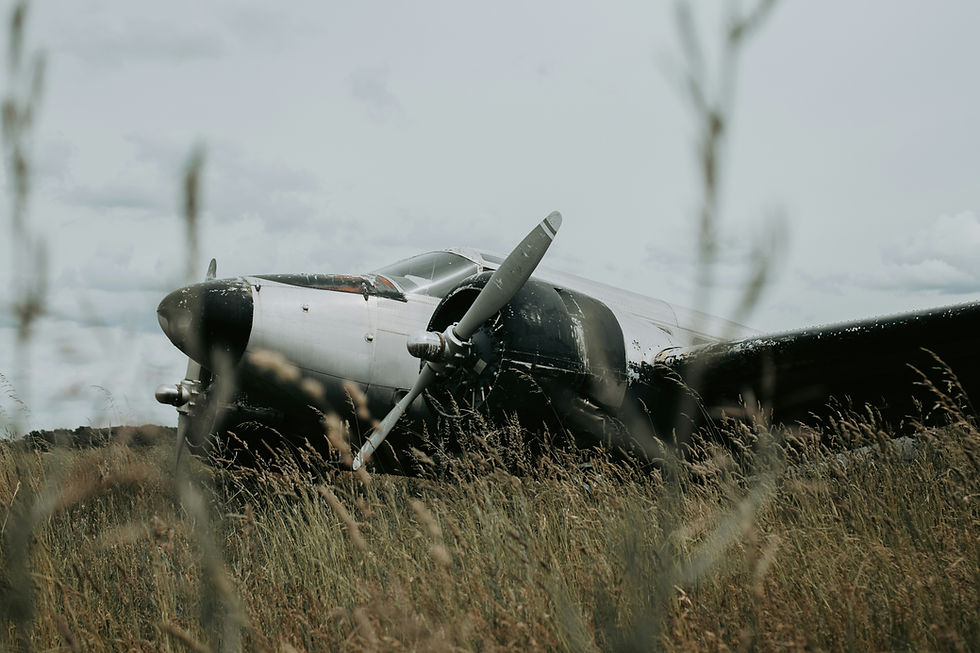The Five Types of Fog
- Red Horse Aviation

- Dec 1, 2021
- 1 min read
Updated: May 10, 2024

Fog is another type of cloud that is on or near the surface. It can be difficult for pilots by causing icing or IFR conditions. Fog is formed when the air temperature near the ground is cooled to its dew point. The water vapor in the air condenses and becomes fog.
Five types of fog are classified by the way it is formed, they are:
Radiation fog
Radiation fog, is formed when the ground cools due to terrestrial radiation, and the air temperature reaches the dew point.
Usually forms in low-lying areas such as mountain valleys.
Can form on clear nights, with no wind present.
Advection fog
Forms when warm moist air moves over a cold surface.
Common in coastal areas with a sea breeze.
Winds up to 15 knots is required to form advection fog.
Upslope fog
Moist stable air is forced up slope of a mountain.
Wind is required to move the air up slope.
May not burn off with the morning sun and can last for days.
Steam fog
Forms when cold dry air moves over warm water. When the water evaporates and rises, it resembles smoke.
Common over water during the coldest times of the year.
Low-level turbulence and icing are common.
Ice fog
Ice fog is formed when the weather is below freezing and water vapor forms directly into ice crystals.
Mostly found in cold or arctic regions where temperatures are -25⁰F or colder, but can occur in middle latitudes during winter months.
References:
Leave your comments below





Comments